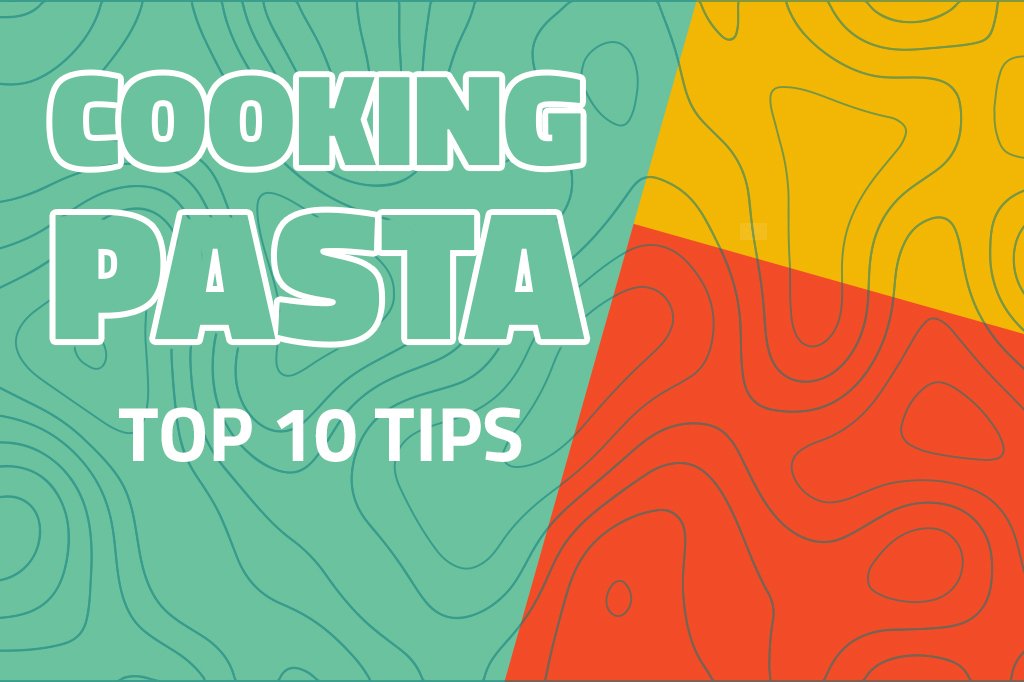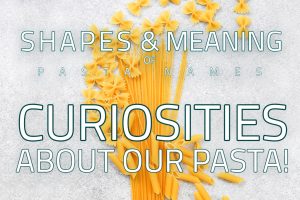
Pasta is the meal for all those late Sundays – an easy recipe that won’t require several hours in the kitchen. Even though it is easy, cooking pasta requires attention to small details to reach the ideal point. To guarantee a hassle-free and delicious meal, the experts at Boom Plus have put together ten quick tips. See below the tricks that will transform your pasta into one made by a professional.
1. The size matters: The ideal pan for cooking pasta
The first detail that you need to pay attention to is the size of the pan. To reduce the chances of sticky pasta, you need to choose a pan that has enough space for the pasta to cook freely. This size will vary depending on the amount of pasta and water needed. Our advice is to choose a pan that still has a space of three fingers between the water and the brim of the pan; after adding the correct amount of water to the desired amount of pasta.
2. But what is the ideal amount of water?
Pasta is a theoretically easy recipe, but it is a sensitive food. So that it does not stick, in addition to choosing the ideal pan, the amount of water is also relevant. Check the correct ratio of pasta versus water so you never have to make the mistake of adding any amount of water again:
- 1L of water for every 100g of pasta
2L of water for 200g of pasta, 5L of water for 500g of pasta (yes!) and so on. At first, such quantities of water might seem a bit exaggerated, but yes, this is the recommended amount. We have already noticed that it will be impossible to continue to choose a small pot, right?
3. Can you add the pasta yet?
There is a correct timing for all recipes and for pasta it’s when the water is boiling over a high heat. If you put it in before, the pasta will be soaked in cold water, become sticky. Our extra tip is: After you add the pasta, do not turn the heat down! Cook with boiling water throughout the process. It will make the pasta cook evenly giving a uniform and concise al dente texture.
4. Put salt in the pasta water
All too often this question comes up after the pasta is added: Do I add salt to the pasta before or after it is cooked? The answer is simple: Both! Add salt to the pasta water for non-sticky pasta and sprinkle a bit more after it’s cooked. Just check the correct proportion of salt to avoid an extra salty taste:
- 10g of salt for each 1L of water
- 1L of water for every 100g of pasta
Remember: even 3kg of salt will not save your pasta, if you’ve put in too little water. Do not forget that the pasta will not absorb salt from the water, so after it’s cooked it is still necessary to test and add salt to taste.
5. Don’t leave the pasta alone
We came to deny this story that after the pasta is in the water just let it cook and remove it when it’s ready. The truth is that it is necessary to stir from time to time to ensure that the pasta will not stick. This is especially true when the pan used was not the ideal size and it prevented the pasta from cooking freely. Stir it to make it loose, well cooked and absorb all the flavor of the sauce!
6. The correct cooking time is variable and given by the manufacturer
Follow the correct time; it is essential in the kitchen. Just as there is an ideal time to add the pasta, there is also an ideal time to remove it. The cook time varies from pasta to pasta depending on the manufacturer, shape, thickness, etc. Nobody knows the pasta cook duration better than the manufacturer, so check the cook time on the package and check the clock!
The time given by the manufacturer is very close to reality, but it is not proof of failures. Set the clock to 2 minutes before the indicated time and test. The ideal point of cooking is when the pasta is al dente, in a uniform color (there is no more a small speck in the center of the spaghetti).
7. Save cooking water
One of the common mistakes when cooking pasta is to drain the pasta water and throw it away. This water is cloudy due to the starch, which is an excellent ally that helps the pasta to absorb the flavor of the sauce. Before draining the pasta, reserve a small glass of cooking water to add to the sauce while still cooking. We guarantee this quick tip will give an upgrade to the delicious taste of your meal!
8. Do not rinse the pasta after it is cooked (but if you want you can)
We see several tips that contradict each other on the internet, so in the end there is still doubt. Rinse the pasta after it is cooked; is it a free or prohibited practice? The answer is: It depends. Like most kitchen decisions, whether or not to wash the pasta also depends on which dish you prepared. In the case of conventional pasta accompanied by sauce, this practice is not recommended.
That’s because the water will remove the starch from cooking, change the texture of the pasta and leave the dish watery. Even worse than these two factors, it also prevents the sauce from sticking and doing its job of add flavor to the dish. Now, if your goal is to make a plate of cold pasta salad, the practice is free! That’s because the water along with a small amount of olive oil will prevent the pasta from stick as it cools.
9. Add olive oil if you don't plan to use the pasta right now
The practice of add olive oil to pasta is not restricted to the cold pasta salad plate alone. Whenever the pasta needs to be reserved for some time, either to prepare a cold salad or to be served without the mixed dress, olive oil is recommended. This is because it will prevent the pasta from stick after it dries and turn into a concise, inedible mass.
Remember: if the pasta dries it will stick. There is no point in use all of our previous tips if the pasta dries up due to lack of sauce or oil.
10. Put the pasta in the sauce, not the other way around
It looks the same, but it is not and we will explain why. When we add the sauce to the pasta, it tends to be done outside the stove, when finished and served at the dinner table. This practice does not give the pasta enough time to adhere to the flavor of the sauce. If you add the pasta to the sauce, in the pan over a fire, the pasta will cook for a few seconds with the sauce, add flavor and consistency to the dish.
Now that you have expert knowledge of the practice, it’s time to put it to use. Some delicious pasta recipes will do.
- April 19, 2021
- 9:48 am
- No Comments
Related Posts

CPG and FMCG, are they the same?
Understanding this topic could be a bit hard because it could also be unclear the first time that you look for differences between CPG and

Why are shipping costs so high right now?
It’s not necessary to make the international trade segment notice that international shipments are facing a huge problem for more than almost one and a

Shapes and meaning of pasta name, curiosities about our pasta!
Did you already look at someone and told that person looks like “a Peter” or another specific name? No, yes?! If you do that, you